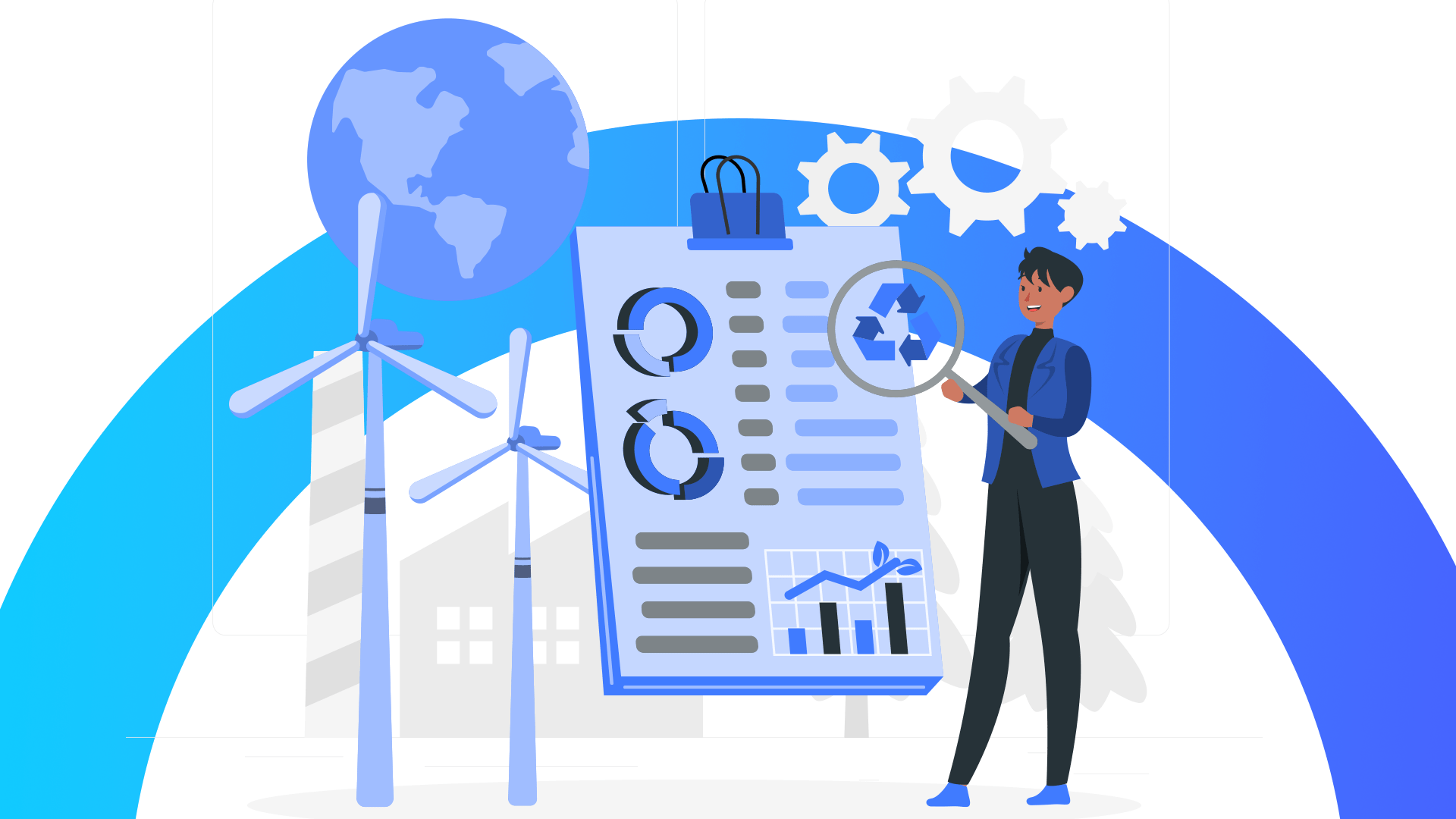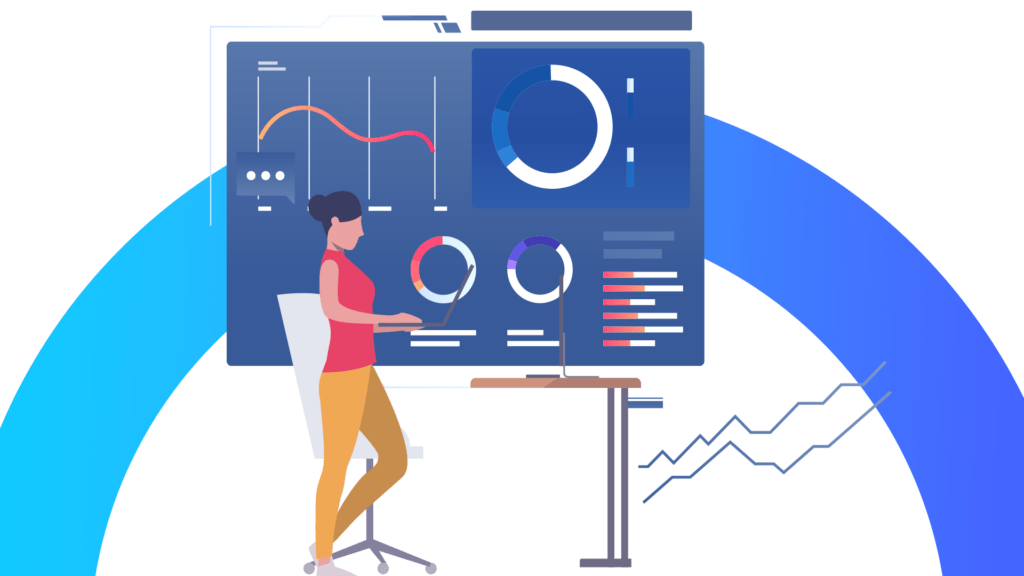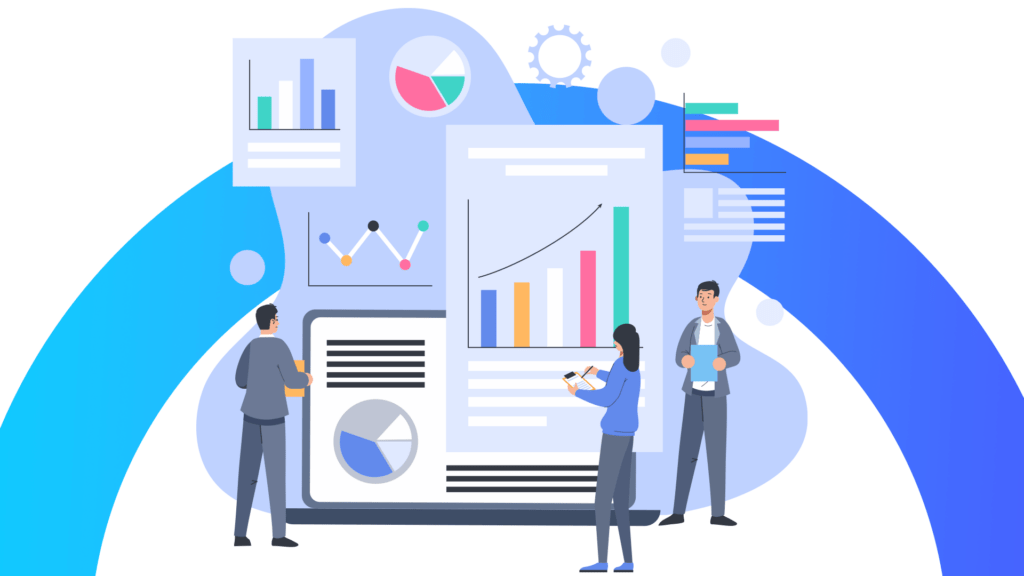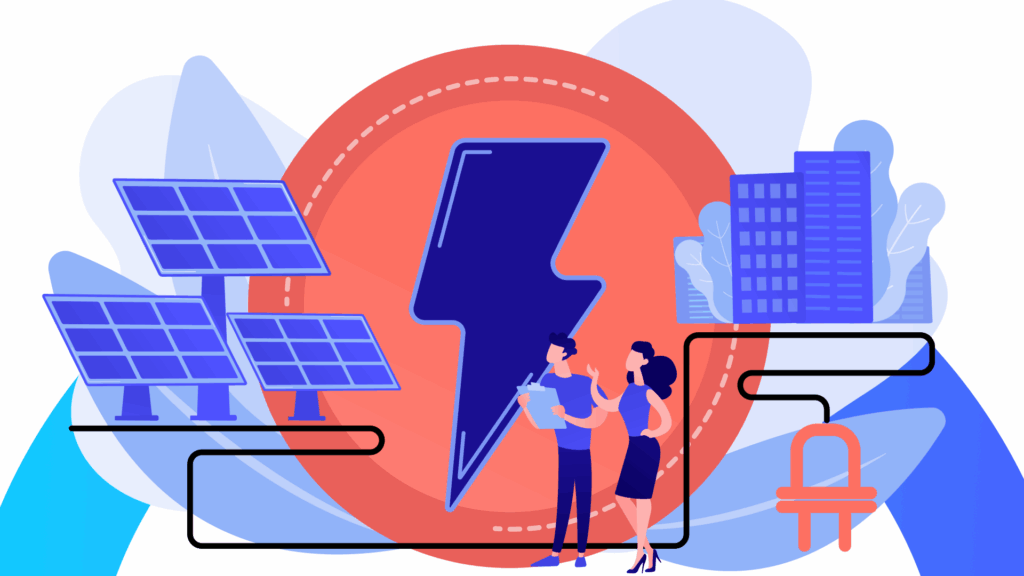Energy waste is invisible, until it costs you. An energy monitoring system gives you real-time insights, helping you cut costs, optimize operations, and stay ahead of inefficiencies. With AI and IoT integration, it’s not just about savings -it’s about smarter energy management.
Why every industry needs an energy monitoring system
Imagine a factory humming with activity. Machines whir, conveyor belts roll, and lights blaze. But beneath this productivity lies a silent question: How much energy are we really using?
Many manufacturers run their factory without knowing how much energy each machine consumes, operating without real-time energy insights. An energy monitoring system changes that. It offers clarity, control, and cost savings by tracking energy usage down to the smallest unit.
Industrial operations rely on uninterrupted energy. But inefficiencies creep in wasted power, outdated machines, and undetected leaks. Energy monitoring systems aren’t just fancy gadgets. They’re the eyes and ears of your energy consumption. In industrial setups, where energy costs can skyrocket, these systems provide real-time insights. They track, analyze, and report energy usage, helping you spot inefficiencies before they drain your budget.
Breaking down an energy monitoring system
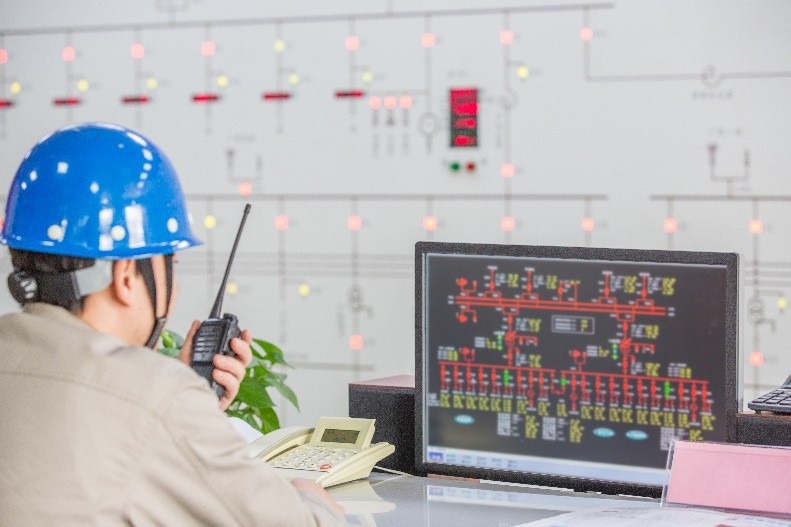
1. Sensors and smart meters: These devices collect real-time data on power consumption, voltage fluctuations, and equipment efficiency.
2. Data processing platforms: Cloud-based software processes the raw data, identifying patterns, inefficiencies, and potential failures before they occur.
3. User interfaces & dashboards: These provide operators with detailed reports, graphs, and alerts to ensure informed decision-making.
How AI and IoT enhance energy monitoring
The integration of artificial intelligence (AI) and the Internet of Things (IoT) has revolutionized energy monitoring. Here’s how:
Predictive maintenance
Energy usage patterns and prediction for when a machine may fail are analysed using AI. This prevents costly breakdowns and unplanned downtimes.
Automated energy optimization
IoT-enabled sensors provide real-time data that AI algorithms analyze to adjust energy distribution dynamically, reducing waste.
Anomaly detection
AI-driven analytics detect irregular energy spikes, alerting operators to potential issues before they escalate into major problems.
Remote monitoring
Industries monitor and control energy consumption remotely using IoT tech, providing flexibility and improving efficiency.
Energy demand forecasting
Based on historical data AI models predict future energy needs, enabling businesses to plan and reduce costs proactively.
Load balancing
To distribute energy load evenly across machines, AI-powered systems prevent strain on specific equipment and improving longevity.
Carbon footprint tracking
Smart systems monitor emissions and energy consumption, helping industries align with sustainability targets and environmental regulations.
A key factor in maximizing the potential of AI and IoT in energy monitoring is seamless data integration. This is where Octopus Digital steps in. By leveraging OmniConnectTM Data Cloud, industries gain a unified energy management platform. It integrates energy sensor data, delivering real-time analytics that drive efficiency and cost savings.
AI-powered insights from OmniConnectTM help predict inefficiencies, automate optimizations, and streamline maintenance schedules. Businesses benefit from proactive energy management, ensuring peak performance while minimizing waste. With a robust infrastructure in place, industries can transition toward smarter, data-driven energy strategies with ease.
The industrial edge: Where energy monitoring systems make an impact
Industries must balance smooth operations with cost control. Without real-time insights, inefficiencies slip through, driving up expenses. Whether in manufacturing, data centers, or oil & gas, real-time tracking fine-tunes operations. Here’s how different sectors benefit:
1. Manufacturing plants
Machines consume varying amounts of power. An energy monitoring system detects inefficiencies, ensuring optimal equipment performance.
2. Oil & gas industry
Continuous operations mean high energy demands. Real-time monitoring prevents overuse and enhances operational safety.
3. Food processing units
Temperature control systems run 24/7. Tracking their energy usage prevents excessive costs and ensures efficiency.
4. Heavy machinery & mining
Large equipment needs steady energy supply. Monitoring usage prevents downtimes and helps in load management.
5. Data centers
With high energy consumption, tracking power usage helps optimize cooling systems and servers, reducing operational costs.
6. Pharmaceutical industry
Precise energy monitoring ensures compliance with strict environmental and production standards.
More than just savings: The hidden benefits
Cost reduction is just the beginning. Energy monitoring systems improve equipment lifespan by preventing overuse. They also support sustainability goals by reducing carbon footprints. Businesses that implement energy monitoring gain regulatory compliance, ensuring they meet industry standards without last-minute surprises. Furthermore, employee productivity improves as automated energy control systems reduce manual monitoring tasks. Real-time data analysis enables companies to benchmark energy efficiency against competitors, fostering continuous improvement.
The biggest advantage? Instant feedback. Operators no longer rely on outdated reports. Real-time alerts notify teams of spikes, helping them respond before inefficiencies turn into major costs. Additionally, energy monitoring systems generate historical trend reports, allowing businesses to make data-backed decisions on future energy investments.
If you’re still on the fence, consider this: energy costs are rising, and regulations are tightening. Investing in an energy monitoring system isn’t just a smart move, it’s a necessary one. Start small. Focus on critical areas where energy waste is likely. As you see the benefits, you can expand the system to cover your entire operation.
Remember, it’s not about spending more; it’s about spending wisely. An energy monitoring system pays for itself in savings and sustainability.
The road ahead
Energy monitoring systems are more than tools, they’re partners in your journey toward efficiency. They empower industries to take control of their energy usage, reduce costs, and contribute to a greener planet.
So, the next time you walk through your factory, ask yourself: Do I really know how much energy we’re using? If the answer is no, it’s time to explore the world of energy monitoring systems.
Your factory deserves it. Your bottom line deserves it. And honestly, the planet deserves it too. To learn more, talk to our experts.

